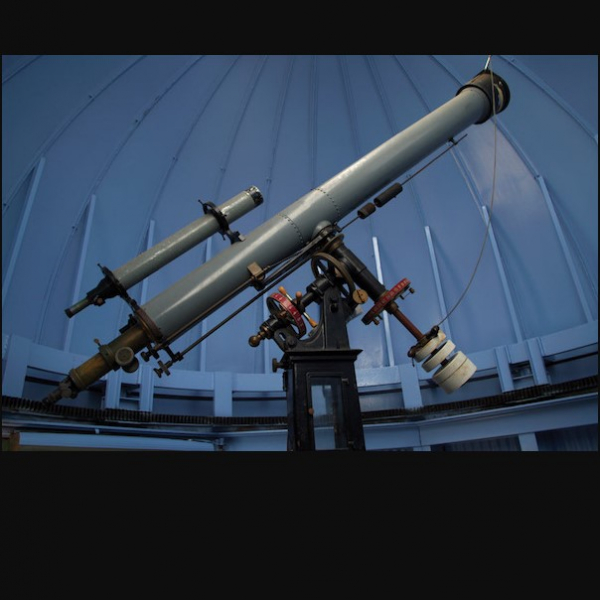NASA’s Stardust mission to Comet Wild 2 has revealed its secrets very slowly. They’re finally coming together, however, and the results are showing that the outer Solar System in its early days was not the simple place previously thought. How one comet came to have dust from widely separated parts of the early Solar System remains unanswered, however.
in the news:

High-Flying Science: How and Why We Sent a Refrigerator Halfway to Space

Graduate Student Chun Huang discusses new neutron star radius measurement method with AAS

Understanding the workings of the vast universe and taking science beyond Earth

‘Up and Atom!’: Witness this month’s planetary parade at Crow Observatory
Read more news
